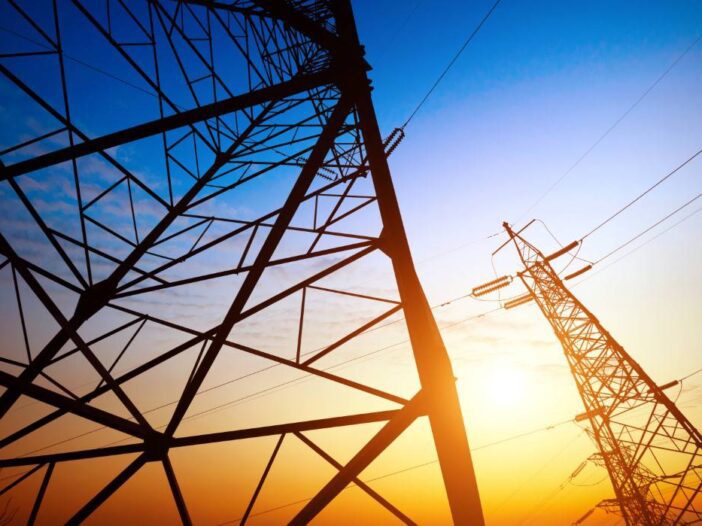In today’s Money Morning…oil prices have been rising again on supply concerns…it’s been a supply-demand tug of war in energy markets…diversifying away from Russian energy…and more…
I hope you enjoyed the Easter break with family and friends.
Things have certainly been interesting in energy markets over the long weekend.
US natural gas prices spiked on Monday to hit their highest level since 2008. It’s mainly because it’s looking like it will be a colder spring, so there is a higher demand for heating, along with the fact that the US has been exporting plenty of LNG gas into Europe.
While gas prices have fallen on Tuesday, things are still looking tight. The US Energy Information Administration said on Friday that the US ended the winter with the smallest amount of natural gas storage in the last three years.
When it comes to oil, prices have been rising again on supply concerns.
Protests are disrupting production in Libya, with its National Oil Corporation (NOC) warning about ‘the start of a painful wave of closures at the time of the oil and gas price boom.’
You see, oil prices had dropped at the beginning of the month after the US announced ‘the largest release of oil reserves in history’ — 180 million barrels over the next six months to bring down petrol prices as inflation really starts to bite.
As the White House put it at the time:
‘The scale of this release is unprecedented: the world has never had a release of oil reserves at this 1 million per day rate for this length of time.’
But it looks like the announcement didn’t ease markets for long.
Brent is trading at US$107.41 at the time of writing, close to the level it was at the time the White House made the announcement.
It’s been a supply-demand tug of war in energy markets
For one, demand has taken a hit with COVID lockdowns in China, along with concerns regarding global growth as inflation climbs.
But then, there’s plenty of concerns over supply.
OPEC has so far resisted to increase supply, which is giving them some degree of control over oil prices.
OPEC had to cut oil production after oil demand took a hit during the pandemic. They’ve been sticking to their plan of increasing oil supply by around 400,000 barrels a day in monthly increments even as oil prices have continued to rise.
And, of course, there is much concern about what happens next as Europe mulls a ban on Russian energy.
As you probably know, Russia is a powerhouse when it comes to energy. It’s the world’s second-largest oil exporter.
Total Russian exports of crude oil and refined products were about 7.4 million barrels per day in 2020. Out of that, just over half, or about four million barrels per day, go to Europe.
Rystad Energy estimates that the UAE, Saudi Arabia, Kuwait, and Iraq have about four million barrels per day in spare capacity, which they say they can bring to the market in about 3–6 months. That’s still less than the total amount Russia exports.
So as the conflict drags on, we could continue to see higher energy prices.
Diversifying away from Russian energy
Europe is in a rush to move away from Russian energy.
One way they’ve been looking at achieving this is through diversifying their gas suppliers.
Last week, Italy, which is one of the largest importers of Russian gas in the EU along with Germany, made a deal with Algeria to import natural gas.
After announcing the deal in an interview over the weekend with the Corriere della Sera, Italian Prime Minister Mario Draghi said:
‘Diversification is possible and feasible in a relatively short time, shorter than we imagined just a month ago.’
But as he continued, renewable energy is also an alternative:
‘The goal is to ensure maximum speed in investments in renewables. Until now, the obstacle has been essentially of a bureaucratic and authorization nature. We can no longer afford these vetoes.’
The conflict is serving as a catalyst for renewable energy as the world realises the importance of having more control over energy supply chains.
I mean, while the conflict has mainly affected Europe, oil and gas markets are so centralised and interconnected that even major oil and gas producers like the US haven’t escaped high energy prices.
Renewable energy is abundant and cheap. It’s more decentralised. Almost every country can, in some capacity, produce renewable energy.
Until next week,
 |
Selva Freigedo,
For Money Morning
Selva is also the Editor of New Energy Investor, a newsletter that looks for opportunities in the energy transition. For information on how to subscribe, click here.

